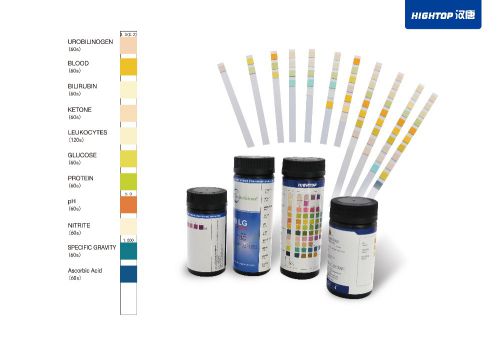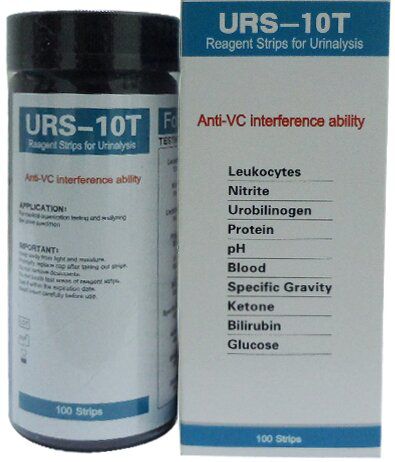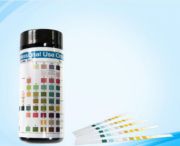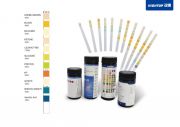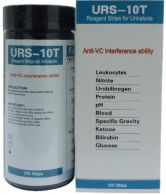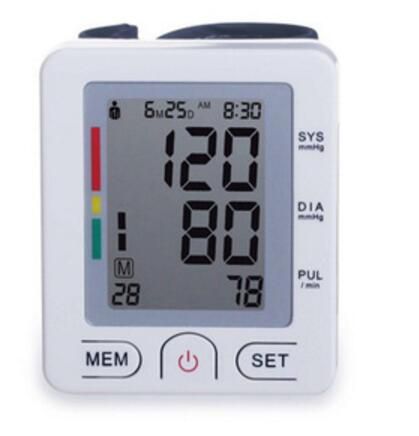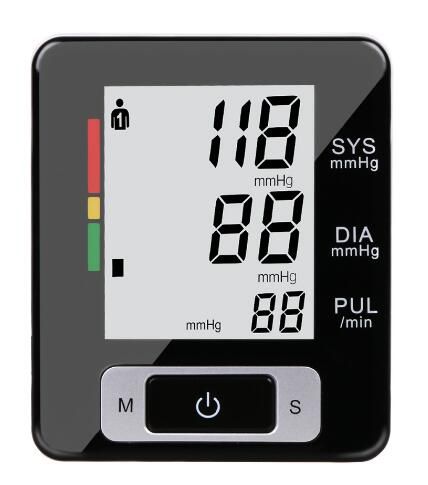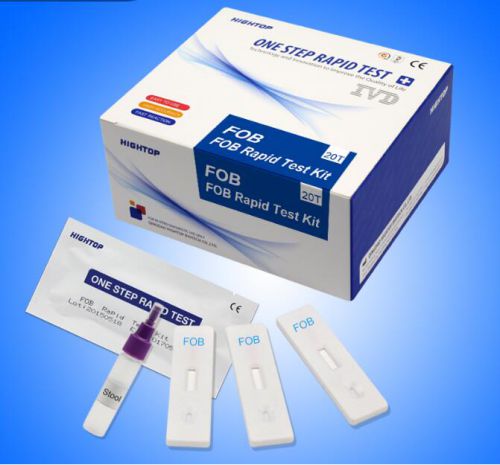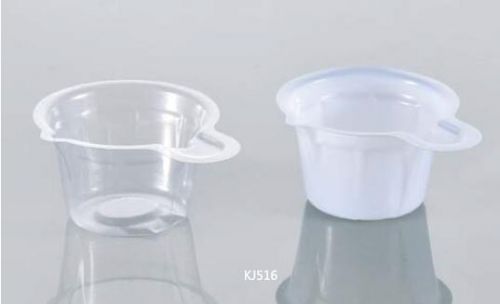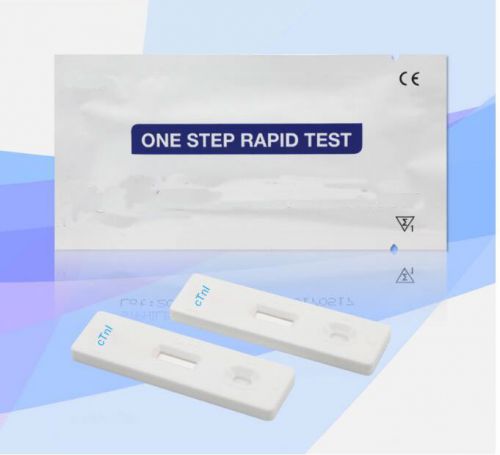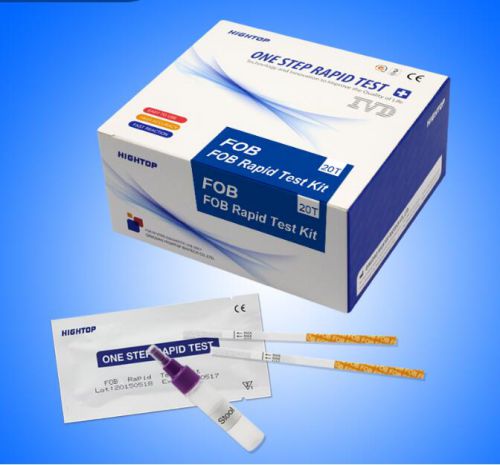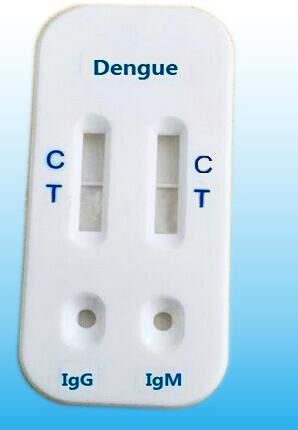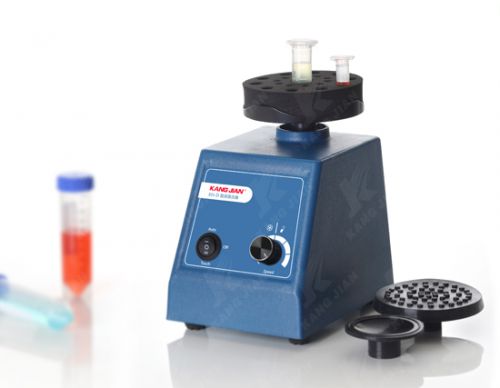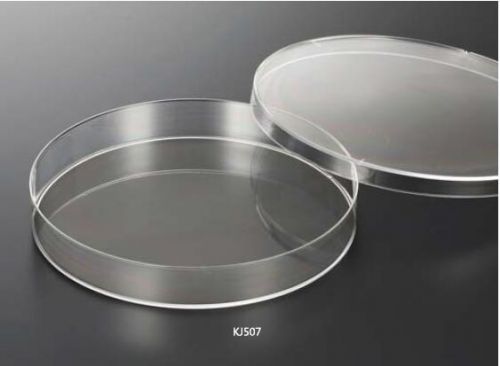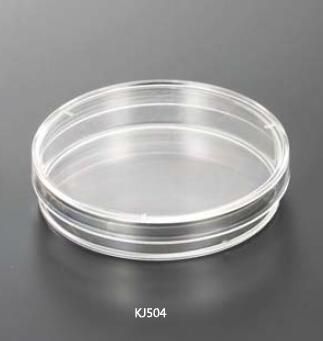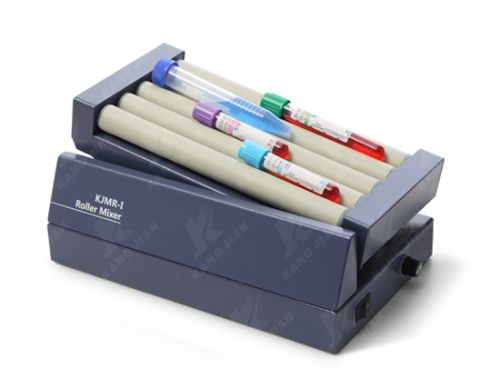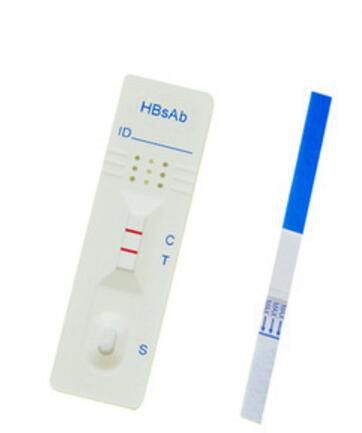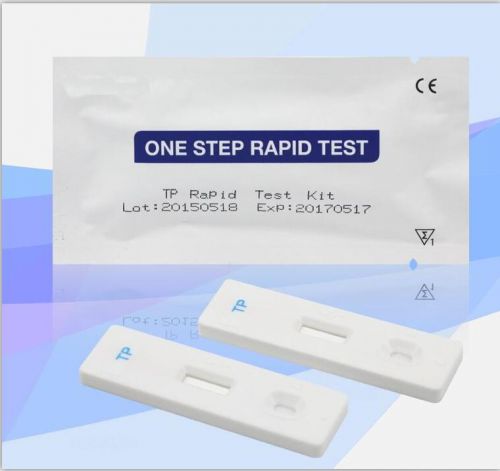Test Format: StripSpecimen: UrineExpiry date: 24 MonthsFunction: Rapid testStorage: 2-30 centigradeCertificate: CEwidth: 5mm
CE Marck Medical IVD Urine analysis combi test strip urinalysis rapid test strip urine test strip
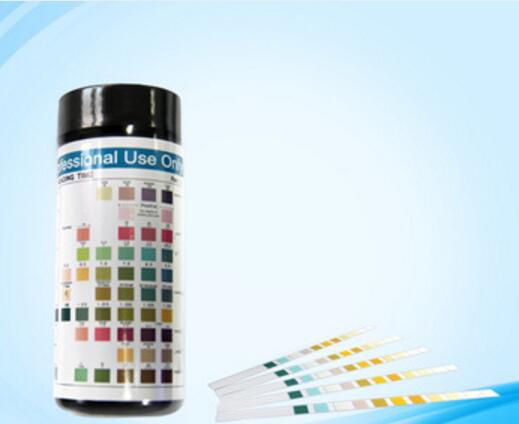
INTENDED USE
The Urinalysis Reagent Strips (Urine) are firm plastic strips onto which several separate reagent areas are affixed. The test is for the qualitative and semi-quantitative detection of one or more of the following analytes in urine: Blood, Nitrite and Leukocytes.
Refer to kit box label for the specific analyte(s) listed, and compare to the appropriate analyte(s) and color blocks on the color chart for results.
SUMMARY
Urine undergoes many changes during states of disease or body dysfunction before blood composition is altered to a significant extent. Urinalysis is a useful procedure as an indicator of health or disease, and as such, is a part of routine health screening. The Urinalysis Reagent Strips (Urine) can be used in general evaluation of health, and aids in the diagnosis and monitoring of metabolic or systemic diseases that affect kidney function, endocrine disorders and diseases or disorders of the urinary tract.1,2
PRINCIPLE AND EXPECTED VALUES
Blood: This test is based on the peroxidase-like activity of hemoglobin which catalyzes the reaction of diisopropylbenzene dihydroperoxide and 3,3',5,5'-tetramethylbenzidine. The resulting color ranges from orange to green to dark blue. Any green spots or green color development on the reagent area within 60 seconds is significant and the urine specimen should be examined further. Blood is often, but not invariably, found in the urine of menstruating females. The significance of a trace reading varies among patients and clinical judgment is required in these specimens.
Nitrite:This test depends upon the conversion of nitrate to nitrite by the action of Gramnegative bacteria in the urine. In an acidic medium, nitrite in the urine reacts with p-arsanilic acid to form a diazonium compound. The diazonium compound in turn couples with 1 N-(1-naphthyl)- ethylenediamine to produce a pink color. Nitrite is not detectable in normal urine.9 The nitrite area will be positive in some cases of infection, depending on how long the urine specimens were retained in the bladder prior to collection. Retrieval of positive cases with the nitrite test ranges from as low as 40% in cases where little bladder incubation occurred, to as high as approximately 80% in cases where bladder incubation took place for at least 4 hours.
Leukocytes: This test reveals the presence of granulocyte esterases. The esterases cleave a derivatized pyrazole amino acid ester to liberate derivatized hydroxy pyrazole. This pyrazole then reacts with a diazonium salt to produce a beige-pink to purple color. Normal urine specimens generally yield negative results. Trace results may be of questionable clinical significance. When trace results occur, it is recommended to retest using a fresh specimen from the same patient. Repeated trace and positive results are of clinical significance.
REAGENTS AND PERFORMANCE CHARACTERISTICS
Based on the dry weight at the time of impregnation, the concentrations given may vary within manufacturing tolerances. The following table below indicates read times and performance characteristics for each parameter.
| Reagent | Read Time | Composition | Description |
Nitrite (NIT) | 60 seconds | p-arsanilic acid; N-(1-naphthyl) ethylenediamine; non-reactive ingredients | Detects sodium nitrite as low as 0.05-0.1 mg/dL in urine with a low specific gravity and less than 30 mg/dL ascorbic acid. |
Blood (BLO) | 60seconds | 3,3’,5,5’-tetramethylbenzidine (TMB); diisopropylbenzene dihydroperoxide; buffer and non-reactive ingredients | Detects free hemoglobin as low as 0.018-0.060 mg/dL or 5-10 Ery/µL in urine specimens with ascorbic acid content of < 50 mg/dL. |
Leukocytes (LEU) | 60 seconds | derivatized pyrrole amino acid ester; diazonium salt; buffer; non-reactive ingredients | Detects leukocytes as low as 9-15 white blood cells Leu/mL in clinical urine. |
The performance characteristics of the Urinalysis Reagent Strips (Urine) have been determined in both laboratory and clinical tests. Parameters of importance to the user are sensitivity, specificity, accuracy and precision. Generally, this test has been developed to be specific for the parameters to be measured with the exceptions of the interferences listed. Please refer to the Limitations section in this package insert.
Interpretation of visual results is dependent on several factors: the variability of color perception, the presence or absence of inhibitory factors, and the lighting conditions when the strip is read. Each color block on the chart corresponds to a range of analyte concentrations.
PRECAUTIONS
- For in vitro diagnostic use only. Do not use after the expiration date.
- The strip should remain in the closed canister or the sealed pouch until use.
- Do not touch the reagent areas of the strip.All specimens should be considered potentially hazardous and handled in the same manner as an infectious agent.
- Discard any discolored strips that may have deteriorated.
- The used strip should be discarded according to local regulations after testing.STORAGE AND STABILITY
Store as packaged in the closed canister or the sealed pouch either at room temperature or refrigerated (2-30°C). Keep out of direct sunlight. The strip is stable through the expiration date printed on the canister label or the sealed pouch. Do not remove the desiccant. Remove only enough strips for immediate use. Replace cap immediately and tightly. DO NOT FREEZE. Do not use beyond the expiration date.
Note: Once the canister has been opened, the remaining strips are stable for up to 3months. Strips packaged in the sealed pouch should be used immediately after opening. Stability may be reduced in high humidity conditions.
SPECIMEN COLLECTION AND PREPARATION
A urine specimen must be collected in a clean and dry container and tested as soon as possible. Do not centrifuge. The use of urine preservatives is not recommended. If testing cannot be done within an hour after voiding, refrigerate the specimen immediately and let it return to room temperature before testing.
Prolonged storage of unpreserved urine at room temperature may result in microbial proliferation with resultant changes in pH. A shift to alkaline pH may cause false positive results with the protein test area. Urine containing glucose may decrease in pH as organisms metabolize the glucose.
Contamination of the urine specimen with skin cleansers containing chlorhexidine may affect protein (and to a lesser extent, specific gravity and bilirubin) test results.
DIRECTIONS FOR USE
Allow the strip, urine specimen, and/or controls to reach room temperature (15-30ºC) prior to testing.
- Remove the strip from the closed canister or the sealed pouch and use it as soon as possible. Immediately close the canister tightly after removing the required number of strip(s). Completely immerse the reagent areas of the strip in fresh, well-mixed urine and immediately remove the strip to avoid dissolving the reagents. See illustration 1 below.
- While removing the strip from the urine, run the edge of the strip against the rim of the urine container to remove excess urine. Hold the strip in a horizontal position and bring the edge of the strip into contact with an absorbent material (e.g. a paper towel) to avoid mixing chemicals from adjacent reagent areas and/or soiling hands with urine. See illustration 2 below.
- Compare the reagent areas to the corresponding color blocks on the color chart at the specified times. Hold the strip close to the color blocks and match carefully. See illustration 3 below.
For more information ,pls go to review :www.demedtec.com
If you have any query ,pls fell free to contact Ms Grace as:
Email :graceqin@demedtec.com
Wechart :214626031 Skype:grace_qin.pada Whatsapp:+8613815950169





 DE Medical Technology Jiangsu Co.,Ltd
DE Medical Technology Jiangsu Co.,Ltd 
